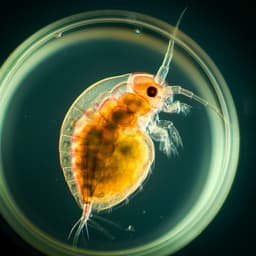
Biology
Benchtop mesoSPIM: a next-generation open-source light-sheet microscope for cleared samples
N. Vladimirov, F. F. Voigt, et al.
Discover the groundbreaking mesoSPIM, a next-gen benchtop light-sheet microscope that enables high-resolution imaging of large cleared tissues. This innovative technology boasts enhanced field of view and versatility, making it valuable across fields like neuroscience and developmental biology, all crafted by a collaborative team of experts.
Playback language: English
Related Publications
Explore these studies to deepen your understanding of the subject.







